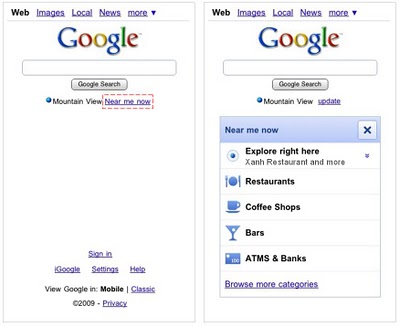Most email programs only allow for up to 10MB at a time so email was not an option. Who wants to put it on a USB drive and drive over to their friend’s house?
Any one to just send it to them. No hassles. No installing funky programs. No waiting to upload to some server in cyberspace and have them wait for it to download again. So what to do?
Let’s narrow down what the file-sending needs (or wants) are:
- Free – as in no charges whatsoever
- Browser-based – no installation of some program and, therefore, cross platform
- Peer to peer – no waiting for uploading and downloading; just the send time
- The ability to send large files – no file-size limit
We all have standards, don’t we? Check out these five choices which meet the criteria shared above.
FilesOverMiles does what it sounds like it does: it helps you send files over miles.

Their subtitle “Browser-to-browser Filesharing” tells us that it fits our criteria. When someone sets up a file to send, a URL is created. Just share the URL and stay online for the actual sending.
I like the name “JetBytes” because it speaks to the speed in which peer-to-peer transferring actually affords.

This file sharing site makes it easy referring to “on-the-fly” transfers and all that. Be careful, just as in any of these peer-to-peer tools, don’t try to open the created link yourself. Doing that will only be letting you download the file back to yourself and blocking your friend from downloading it. No too smart.
From the site: “Instantly send music, movies, presentations or any other files to anybody!” Thanks, for telling us what any of these peer-to-peer tools do for us. OK, I’m just kidding around.

You’ll notice that PipeBytes actually gives some sharing options. You can either send the recipient the URL or a pick-up code which they’ll enter at the home page. Easy-peasy either way.
Oh, you have to love the name for this one. Some weird television show is creeping around in my mind now.

All sci-fi weirdness put aside, this file sharing site puts peer-to-peer into easy to understand words: “Exchange big files directly without uploading to a server.” If you are transferring peer-to-peer, the uploading and downloading all happens at once making everything quick and easy.
Dushare is a tool not recently mentioned here on MakeUseOf. You can share a file peer-to-peer, password protect it, and even chat while the transfer takes place because who wants to pick up a phone?

Seriously though, out of all of the rest of the file sharing sites mentioned here, Dushare has the prettiest looking website design. Oh, and in case you are wondering what sequence things will happen in, you have some nifty icons showing you. You can’t beat that.
You’ll notice that there wasn’t much to say about each of these tools. That’s because they all pretty much do the same thing: send any sized files, directly to another person quickly, easily and for no charge. And that’s about all they do. Test them out and see which performs the best and which is the easiest to use. Then come and tell us in the comments which is best.














